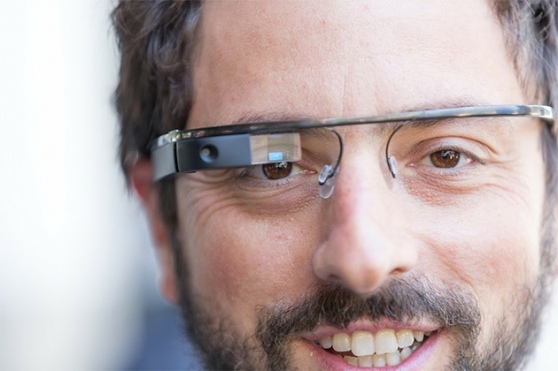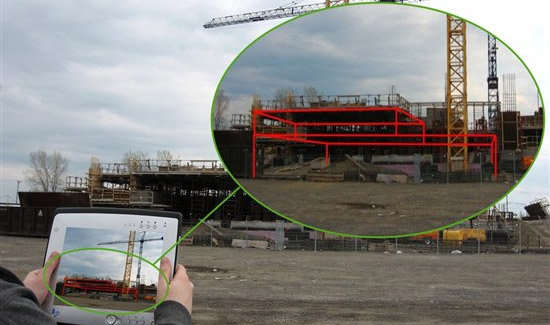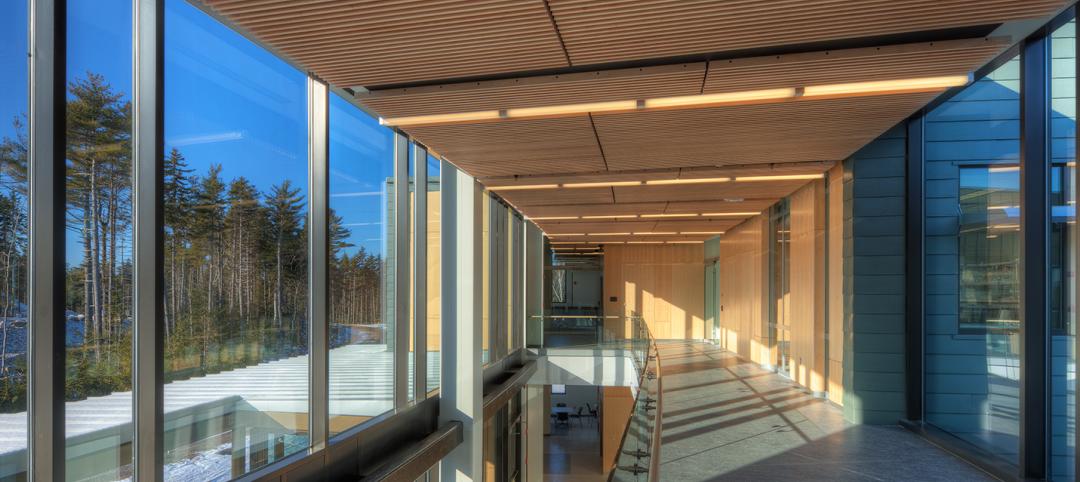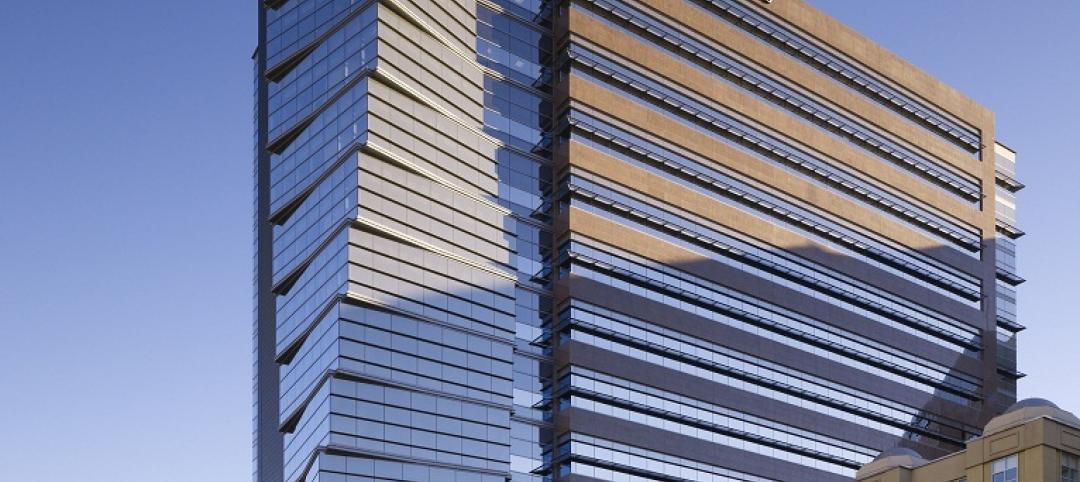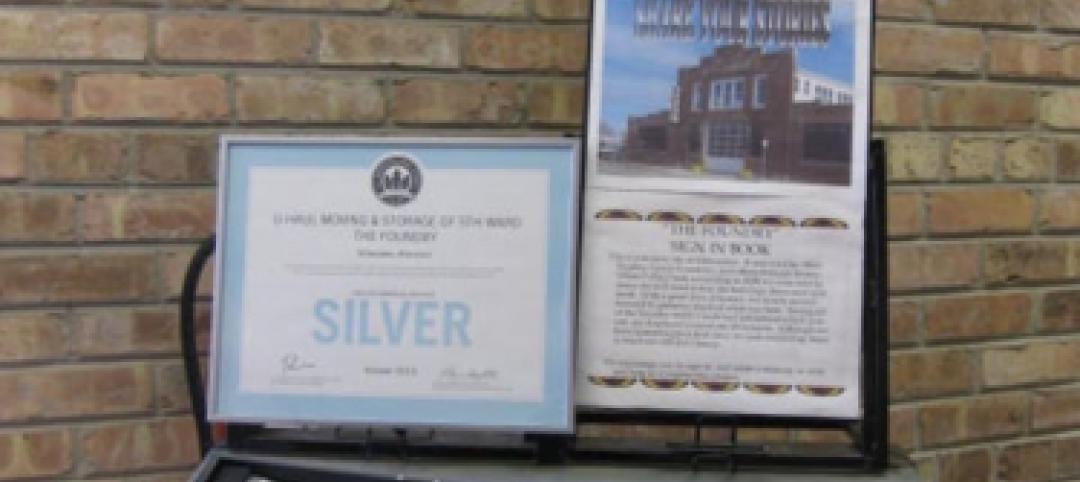When Google introduced its wearable computer glasses, called Google Glass, last year, it opened many people's eyes (pardon the pun) to the power of augmented reality (AR)—where a person's view of the physical world is overlaid with a computer-generated sensory input, such as graphics or data.
Of course, AR has been around for years, and many tablet computer and smartphone apps utilize the technology, mostly for entertainment and gaming purposes.
But Sydney, Australia-based architect Rana Abboud sees far more potential for the technology, particularly in the design and construction industry, according to an article by DesignBuild Source. Abboud says that by superimposing computer-generated images, such as BIM files, over a real-world view of a construction site, AEC firms can greatly improve design visualization, the construction process, and even building maintenance and operations.
This photo from Bentley demonstrates the power of augmented reality using a tablet.
As part of a $10,000 scholarship from the National Association of Women in Construction, Abboud will investigate and test AR technology in design and construction and present her findings in a white paper.
(http://designbuildsource.com.au/how-augmented-reality-will-revolutionise-construction-in-australia-2003)
Related Stories
| Feb 28, 2012
Salem State University Library & Learning Commons topped off
When it opens to students in the fall of 2013, the $60 million facility will offer new archival space; circulation and reference areas; collections; reading spaces; study rooms; instruction labs and a Dean’s suite.
| Feb 28, 2012
More than 1,000 have earned EDAC certification since 2009
Milestone achieved as evidence-based design becomes a top 2012 strategy for healthcare organizations.
| Feb 28, 2012
McCarthy completes second phase of San Diego’s Scripps Hospital
Representing the second phase of a four-phased, $41.3 million expansion and remodeling project, the new addition doubles the size of the existing emergency department and trauma center to encompass a combined 27,000 square feet of space.
| Feb 28, 2012
LUMEnergi names Weinbaum president and CEO
Weinbaum’s experience spans communications, nanotechnology, electronics components, consumer products, semiconductors, software, wireless and lighting.
| Feb 28, 2012
Griffin Electric completes Medical University of South Carolina project
The 210,000-sf complex is comprised of two buildings, and houses research, teaching and office areas, plus conference spaces for the University.
| Feb 27, 2012
Consigli complete first building for Bigelow Ocean Sciences Campus
Designed by WBRC Architects Engineers in association with Perkins + Will.
| Feb 27, 2012
Hollister completes fit-out of 41,500-sf office space in Princeton, N.J.
Intricate interior project involved construction of more than 80 offices.
| Feb 27, 2012
Research Institute at Texas Children’s Hospital building receives LEED Gold
Innovative and sustainable design reflects best environmental building practices.
| Feb 26, 2012
Milwaukee U-Haul facility receives LEED-CI Silver
The new elements of the facility now include: efficient lighting with day-lighting controls and occupancy sensors, a high-efficiency HVAC system used in conjunction with a newly constructed thermal envelope to help reduce energy consumption, and the installation of low-flow fixtures to reduce water consumption.


